Wörth am Main | October 2024 According to a recently published study, researchers are proposing the development of safe and recyclable electrolytes that make lithium batteries more efficient and environmentally friendly. could make. These electrolytes should combine mechanical stability and high conductivity and offer a solution to the current safety risks posed by flammable solvents.
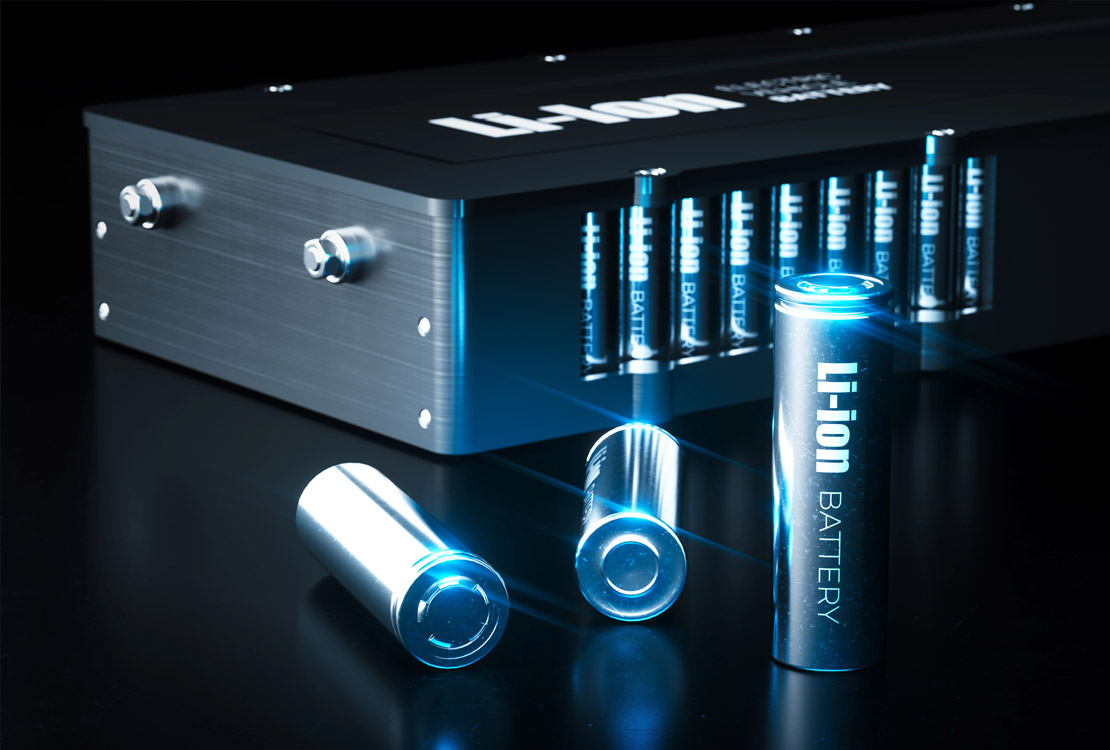 Increased safety and recyclability thanks to dual networked structures
Increased safety and recyclability thanks to dual networked structures
According to the authors of the study, the dual network structure of dynamic and covalent cross-links enables a more stable absorption of ionic liquids, which increases the electrochemical and thermal stability of the material. With conductivity values of over 10-⁴ S cm-¹ at room temperature and heat resistance of up to 300 °C, the new electrolyte could achieve significant advances in battery technology. The researchers emphasise that this structure could make a decisive contribution to raising safety standards in lithium battery technology.
Synergy of strength and conductivity thanks to innovative material structure
According to the study, the new electrolyte design combines dynamic and covalent cross-linking, which enables mechanical strengths of up to 0.7 MPa and simultaneously strengthens the ion transport capacity. This dual network structure should also open up the possibility of reprocessing at 70 °C without impairing the electrochemical performance. According to the study, this means that the electrolyte is fully recyclable and thus meets the requirements of a circular economy.
Paving the way for sustainable battery technology in industrial applications
The authors of the study see great potential for the use of these gel electrolytes in industry, particularly due to their increased safety and recyclability. Thermal and photochemical polymerisation, as the report states, makes it possible to easily integrate the material into battery architectures. According to the study, these poly(ionic liquid)-based gels could make a decisive contribution to the further development of safe and durable batteries and would be particularly suitable for applications that require high safety standards.
Source: https://onlinelibrary.wiley.com/doi/10.1002/adfm.202403487
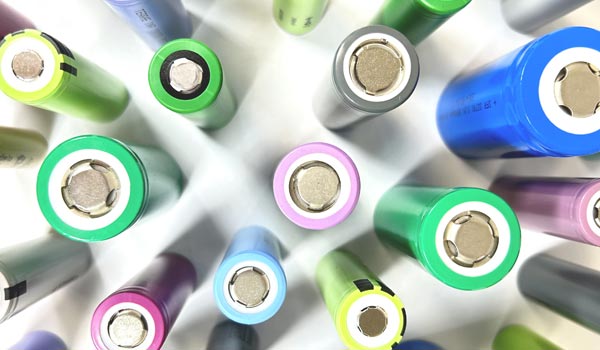
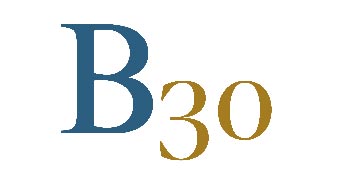

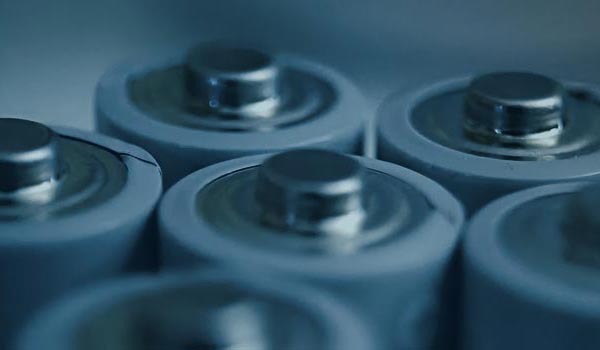
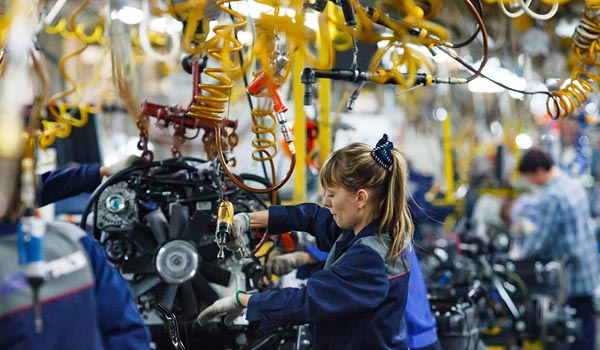
 Increased safety and recyclability thanks to dual networked structures
Increased safety and recyclability thanks to dual networked structures